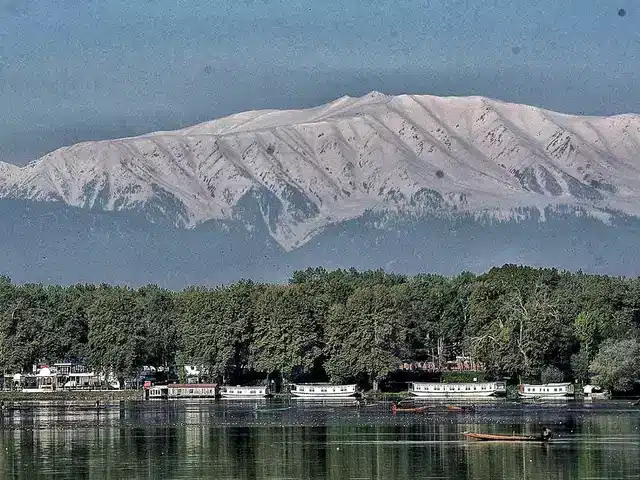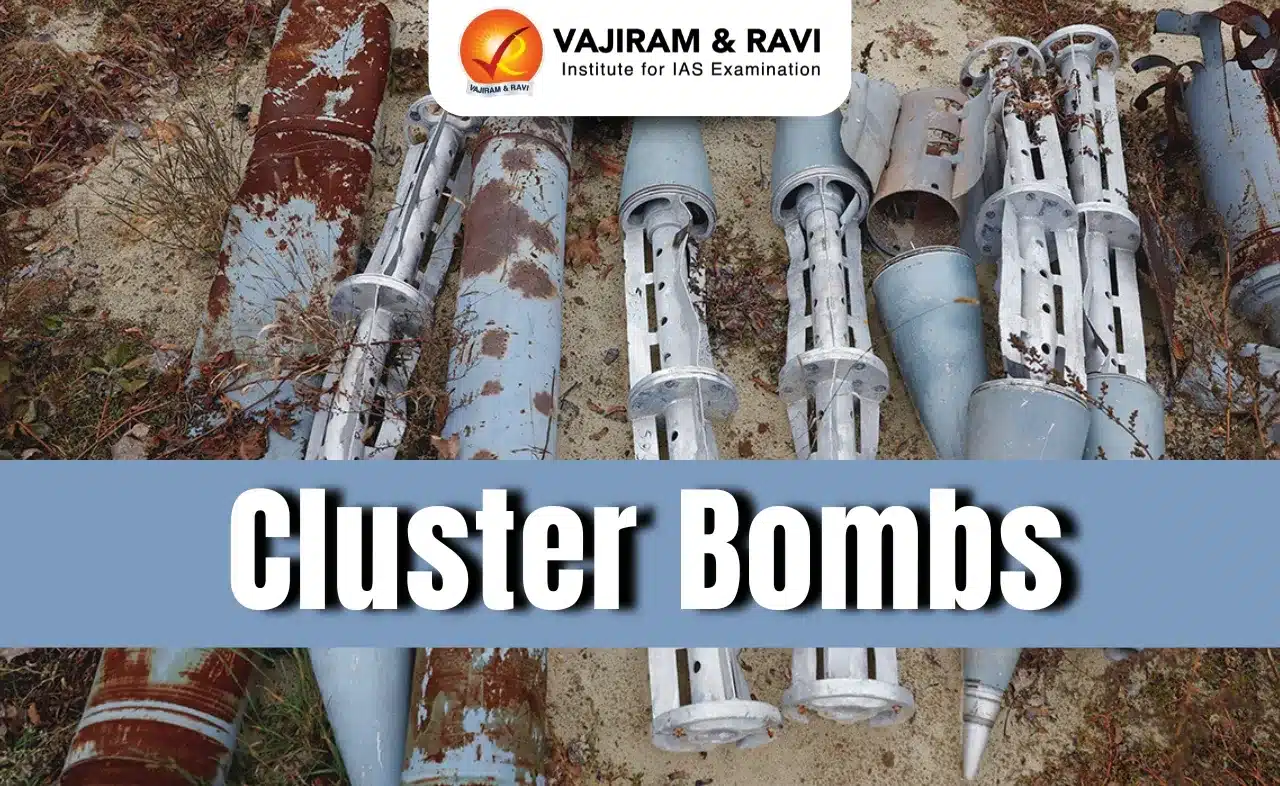About Pir Panjal Valley:
- It is a mountain range in the northern Indian subcontinent.
- It starts in Ramban and extends westward in the south of Jammu and Kashmir (Vale of Kashmir) to the last extremity of Muzaffarabad District.
- It isrising sharply to an average elevation of more than 13,000 feet (4,000 meters).
- It separates the Jammu Hills to the south from the Vale of Kashmir, beyond which lie the Great Himalayas.
- It separates itself from the Himalayas near the bank of the Sutlej river and forms a divide between the rivers Beas and Ravi on one side and the Chenab on the other.
- Major passes: Six historical passes, Hajipir Pass, Gulabgarh Pass, Ratanpir Pass, Pir Panjal Pass, Banihal Pass, and Bairam Gala Pass are in this mountain range.
- Important peaks: Deo Tibba (6,001 m) and Indrasan (6,221m) are two important peaks at the eastern end of the mountain range.
Q1) What is Hindu Kush Himalayas?
This region encompasses Afghanistan, Bangladesh, Bhutan, China, India, Kyrgyzstan, Mongolia, Myanmar, Nepal, Pakistan, Tajikistan, and Uzbekistan.It is considered the Third Pole (after the North and South Poles) and has significant implications for climate. It contains the largest volume of ice and snow outside of the Arctic and Antarctica.The ice and snow from this region are an important source of water for 12 rivers that flow through 16 countries in Asia.
Source:Militants turn Pir Panjal Valley into new battleground
Last updated on June, 2025
→ UPSC Notification 2025 was released on 22nd January 2025.
→ UPSC Prelims Result 2025 is out now for the CSE held on 25 May 2025.
→ UPSC Prelims Question Paper 2025 and Unofficial Prelims Answer Key 2025 are available now.
→ UPSC Calendar 2026 is released on 15th May, 2025.
→ The UPSC Vacancy 2025 were released 1129, out of which 979 were for UPSC CSE and remaining 150 are for UPSC IFoS.
→ UPSC Mains 2025 will be conducted on 22nd August 2025.
→ UPSC Prelims 2026 will be conducted on 24th May, 2026 & UPSC Mains 2026 will be conducted on 21st August 2026.
→ The UPSC Selection Process is of 3 stages-Prelims, Mains and Interview.
→ UPSC Result 2024 is released with latest UPSC Marksheet 2024. Check Now!
→ UPSC Toppers List 2024 is released now. Shakti Dubey is UPSC AIR 1 2024 Topper.
→ Also check Best IAS Coaching in Delhi
























